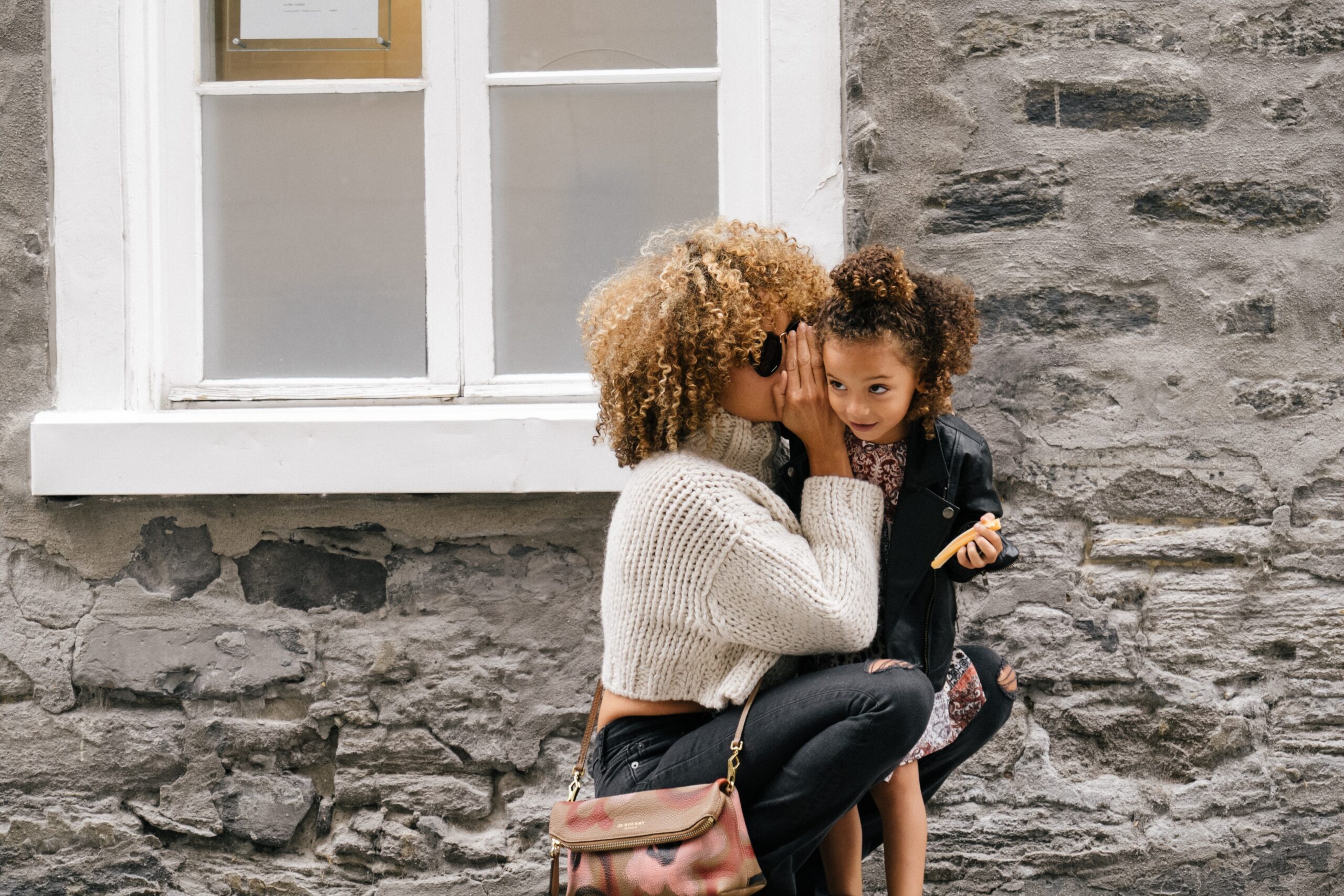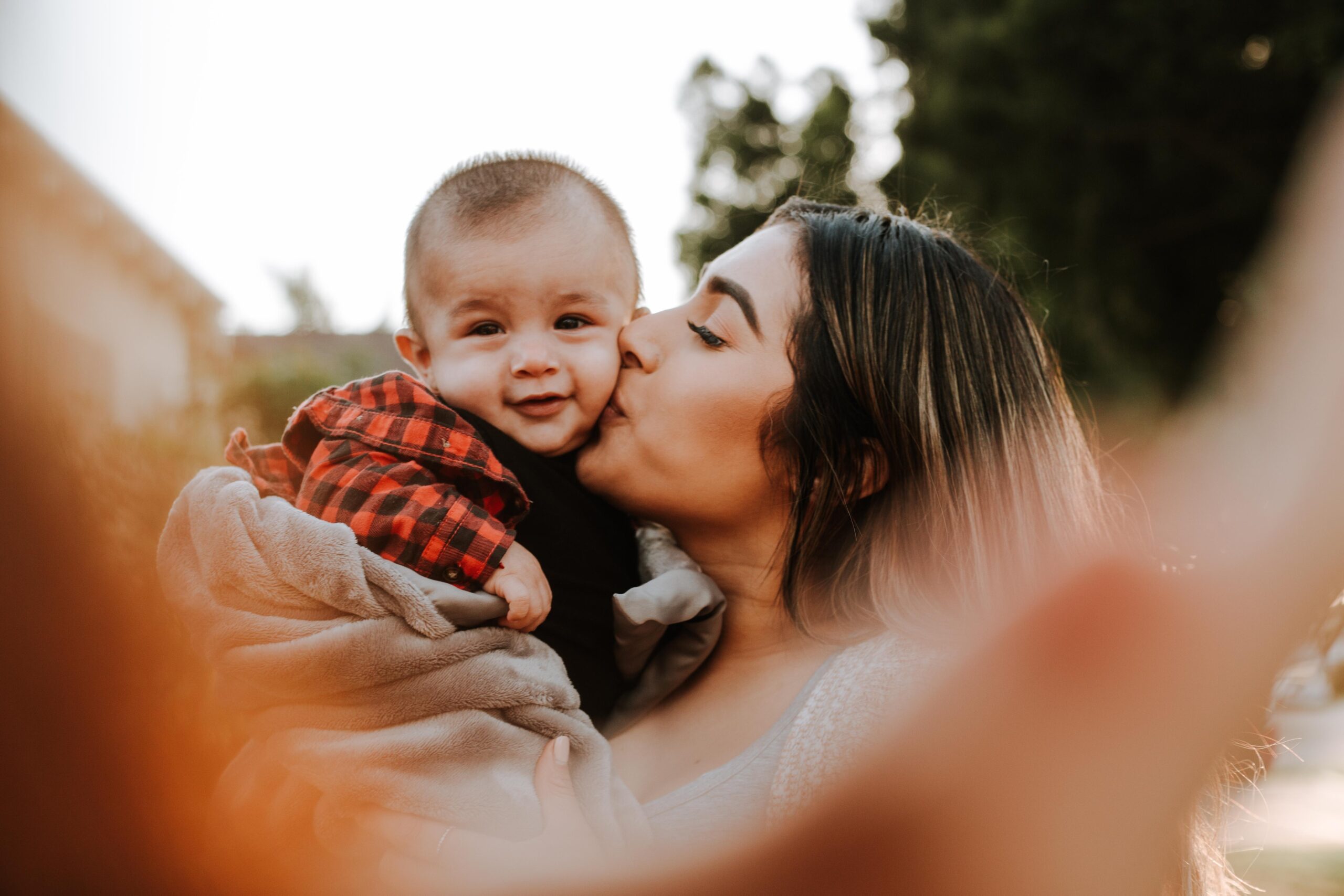
Camping with young children can be a delightful experience, but ensuring their comfort and warmth is crucial to make it a successful adventure. As the temperatures drop and the night sets in, parents often wonder how they can keep their little ones cozy and snug during a camping trip. In this article, we will explore some practical and effective tips to help you keep your young children warm while enjoying the great outdoors. From choosing the right clothing to setting up a cozy sleeping area, you’ll find useful advice to ensure your little campers stay toasty warm throughout the night. So, let’s dive right in and discover the secrets to a warm and enjoyable camping experience for your young children.
Choosing the Right Clothing
Dress in Layers
When it comes to keeping warm while camping, dressing in layers is essential. Layering your clothing allows you to adjust your body temperature according to the changing weather conditions. Start with a moisture-wicking base layer that will keep sweat away from your body. On top of that, add a mid-layer for insulation, such as a fleece or a down jacket. Finally, top it off with a waterproof and windproof outer layer to shield yourself from the elements.
Use Thermal Underwear
Investing in thermal underwear is a smart move when camping in cold weather. Thermal underwear is specially designed to trap body heat and keep you warm. They are typically made from moisture-wicking materials that will keep you dry and comfortable throughout the day. Don’t forget to choose the right size for your child to ensure optimal warmth and flexibility.
Wear Insulated Outerwear
To combat the chilly temperatures, it’s crucial to wear insulated outerwear. Look for jackets and pants that are specifically designed to keep you warm in cold conditions. Insulated outerwear is usually filled with materials like down or synthetic fibers that provide excellent insulation. Make sure the outerwear fits well and allows for easy movement, as this will make your camping experience much more enjoyable.
Protect Hands and Feet
When it comes to outdoor activities, keeping your extremities warm is key. Invest in a good pair of insulated gloves or mittens for your child. Look for waterproof options that will keep their hands dry as well. Additionally, wearing thick socks and insulated waterproof boots will help keep their feet warm and comfortable. Don’t forget to bring extra pairs of socks in case they get wet.
Creating a Warm Sleeping Environment
Invest in a High-Quality Sleeping Bag
A high-quality sleeping bag is a must-have when camping in cold weather. Look for sleeping bags that are rated for low temperatures and provide sufficient insulation. Consider investing in a down-filled sleeping bag as they offer excellent warmth-to-weight ratio. Make sure the sleeping bag is the right size for your child, allowing them to fit comfortably inside without feeling constricted.
Add Extra Insulation with Blankets
To further enhance the warmth of your sleeping bag, consider adding extra insulation with blankets. Layering a warm fleece blanket or a down comforter on top of the sleeping bag will provide additional warmth and comfort during the night. Just make sure that the added blankets do not restrict your child’s movement or make the sleeping bag too tight.
Use a Sleeping Pad or Mattress
Sleeping pads or mattresses not only add an extra layer of cushioning but also provide insulation from the cold ground. Choose a sleeping pad that is insulated or has a high R-value to prevent the cold from seeping through. Foam or self-inflating pads are popular choices and offer good insulation properties. Placing a sleeping pad under the sleeping bag will help retain body heat, keeping your child cozy throughout the night.
Ensure Proper Ventilation in the Tent
While it is essential to keep the warmth inside the tent, proper ventilation is also crucial to prevent condensation and maintain air quality. Condensation can cause dampness and make the temperature inside the tent feel colder. Ensure there are vents or windows in the tent that can be opened and closed as needed. This will allow for proper airflow and prevent excessive moisture buildup.

This image is property of images.unsplash.com.
Preparing the Campsite
Select a Sheltered Location
When setting up your campsite, choosing a sheltered location is essential for protecting your child from harsh winds and cold temperatures. Look for areas with natural windbreaks, such as trees or rock formations, to provide additional protection. Avoid open areas where the wind can pass through freely, as this will make it harder to stay warm.
Clear Snow and Ice from the Ground
Before setting up your tent, make sure to clear any snow or ice from the ground. This will help provide a more level surface for your tent and prevent any uncomfortable lumps underneath. Additionally, clearing the ground will remove any potential sources of moisture that could make the camping experience more challenging, especially if it seeps into the tent.
Use a Tarp as an Additional Barrier
To further protect your campsite from the cold, consider using a tarp as an additional barrier. Lay the tarp on the ground before setting up the tent to provide an extra layer of insulation. This will help keep the cold from seeping into the tent from below. Additionally, you can use a tarp to create a wind barrier around the tent, further shielding you from the elements.
Build a Proper Fire Pit
A properly built fire pit is not only a great source of warmth but also adds to the overall camping experience. Make sure to build a fire pit that is safe and can effectively contain the fire. Clear the area around the fire pit from any flammable objects and create a barrier with rocks or logs. This will prevent accidents and keep your child safe while enjoying the comforting warmth of the fire.
Preparing Warm Meals and Drinks
Pack Thermal Containers for Meals
Packing thermal containers for meals is a great way to ensure your child’s food stays warm. Insulated food containers will help retain the heat, allowing your child to enjoy warm meals even in cold weather. Look for containers that have a wide mouth for easy eating and cleaning. Opt for containers that are leak-proof to avoid any spills or accidents.
Prepare Hot Drinks
Hot drinks are not only comforting but also help to warm you up from the inside. Pack a thermos or insulated mug and bring along your child’s favorite hot drinks, such as hot chocolate or herbal tea. Nothing beats sipping on a warm beverage while sitting by the campfire and enjoying the beauty of the outdoors.
Bring Foods that Generate Heat when Digested
Certain foods can generate heat when digested, making them excellent choices when camping in cold weather. Consider packing snacks or meals that are high in protein and carbohydrates, such as nuts, energy bars, and pasta. These foods provide a slow and sustained release of energy, helping to keep your child warm from the inside out.

This image is property of images.unsplash.com.
Keeping Children Active
Engage in Physical Activities
Staying active is a great way to generate body heat and keep warm while camping. Encourage your child to engage in physical activities such as hiking, biking, or playing outdoor games. These activities not only keep them warm but also provide a fun and memorable camping experience.
Encourage Play to Generate Body Heat
Play is not only an essential part of childhood but also a fantastic way to generate body heat. Encourage your child to engage in active play, such as building snowmen, having snowball fights, or exploring the campsite. Physical movement and playtime are sure to keep them warm and entertained throughout the camping trip.
Take Regular Walks or Hikes
Taking regular walks or hikes is a great way to stay warm and explore the surrounding nature. Plan short walks or hikes that are suitable for your child’s age and abilities. This will not only keep them active but also give them the opportunity to experience the beauty of the outdoors in cold weather.
Warm Bedtime Routine
Ensure a Comfortable Bed
Creating a comfortable bed for your child is crucial for a good night’s sleep while camping. Use warm and soft bedding materials such as flannel sheets and warm blankets to keep them cozy. Place a pillow or two under their head for added comfort. Creating a familiar and comfortable sleeping environment will help your child feel secure and sleep better despite the chilly temperatures.
Make Use of Heat Packs
Heat packs are a fantastic addition to your child’s bedtime routine in cold weather camping. These small packs generate heat when activated and can be placed inside the sleeping bag or under the covers to provide additional warmth. Make sure to follow the instructions on the heat packs and keep them away from your child’s skin to prevent burns.
Prepare Warm Drinks Before Bed
To help your child relax and feel warm before bed, prepare a warm drink such as a mug of warm milk or herbal tea. Sipping on a warm drink can help them wind down and feel cozy before settling into their sleeping bag. Just make sure to use an insulated mug or thermos to keep the drink warm for longer.

This image is property of images.unsplash.com.
Safety Precautions
Keep a Close Eye on Children’s Body Temperature
When camping in cold weather, it’s crucial to monitor your child’s body temperature closely. Check their temperature regularly and be aware of any signs of excessive cold or overheating. Dress them in appropriate layers and adjust their clothing as needed to maintain a comfortable body temperature.
Monitor the Weather Forecast
Before embarking on your camping trip, check the weather forecast for the duration of your stay. Keep an eye on any changes in temperature or severe weather conditions that may impact your camping experience. Being prepared and informed about the weather will help you make better decisions for your child’s safety and comfort.
Be Aware of Hypothermia Symptoms
Hypothermia is a serious condition that occurs when the body loses heat faster than it can produce heat, resulting in a dangerously low body temperature. It is important to be aware of the signs and symptoms of hypothermia, especially in young children. Symptoms include shivering, fatigue, confusion, and difficulty speaking. If you notice any of these symptoms, take immediate action and seek medical help if necessary.
Teach Children About Fire Safety
When camping, it is essential to teach children about fire safety. Make sure they understand the dangers of fire and how to act responsibly around it. Teach them how to safely start and extinguish a fire and the importance of not playing with fire or getting too close to it. Instilling fire safety practices from a young age will help keep them safe while enjoying the warmth and ambiance of a campfire.
Proper Hydration
Encourage Drinking Water Regularly
Staying hydrated is important regardless of the weather conditions. In cold weather, it is easy to overlook the need for proper hydration. Encourage your child to drink water regularly throughout the day, even if they do not feel thirsty. Dehydration can occur in cold weather too, and staying properly hydrated will help regulate body temperature and keep your child healthy.
Avoid Excessive Intake of Caffeinated Beverages
While it may be tempting to indulge in hot chocolate or warm coffee while camping, it is important to monitor your child’s intake of caffeinated beverages. Caffeine acts as a diuretic and can increase the need to urinate, potentially leading to dehydration. Limit the consumption of caffeinated beverages and opt for decaffeinated alternatives or water instead.
Managing Wet Conditions
Bring Extra Clothing and Waterproof Gear
When camping in wet conditions, it is essential to bring extra clothing and waterproof gear for your child. Pack additional layers of clothing that they can change into if their clothes get wet. Opt for waterproof jackets, pants, and boots to keep them dry and comfortable. Additionally, pack extra pairs of socks and gloves to ensure their extremities stay warm and protected.
Utilize Campsite Dryers or Laundry Facilities
If you find that your child’s clothing gets wet, take advantage of campsite dryers or laundry facilities to dry them. Damp clothing can lead to discomfort and lower body temperatures. Additionally, wet clothes can increase the risk of hypothermia. Make sure to bring enough quarters or tokens to use these facilities and prioritize drying any wet clothing as soon as possible.
Emergency Preparedness
Pack Emergency Heat Sources
In case of emergencies or unexpected situations, it is crucial to pack emergency heat sources. These can include hand warmers, emergency blankets, or portable heaters specifically designed for camping use. These heat sources can provide warmth and comfort in case of power outages or unforeseen circumstances that leave you without traditional heating methods.
Know How to Recognize and Treat Frostbite
Frostbite can occur in extremely cold temperatures and can have serious implications if not addressed promptly. It’s important to know the signs and symptoms of frostbite, which include numbness, tingling, pale or waxy skin, and firmness or blistering. If you suspect frostbite, it is essential to seek medical attention immediately. While waiting for medical assistance, gently warm the affected area with warm water, avoiding hot water or direct heat sources.
By following these tips and taking the necessary precautions, you can ensure a warm and enjoyable camping experience for you and your child. Remember, staying warm and safe in cold weather camping is all about being prepared and informed. So pack your bags, layer up, and create lasting memories while exploring the great outdoors!



